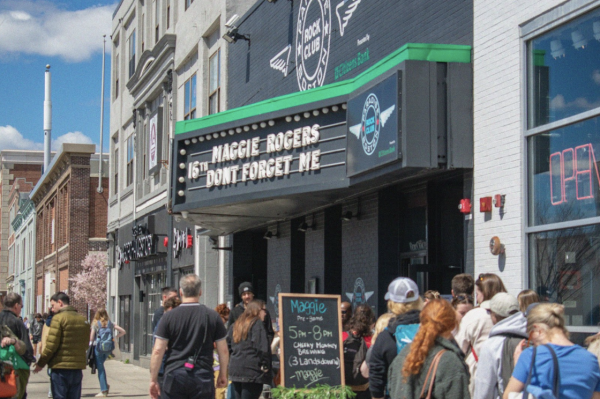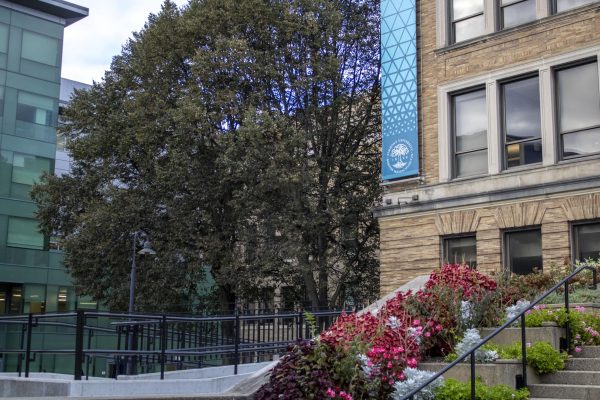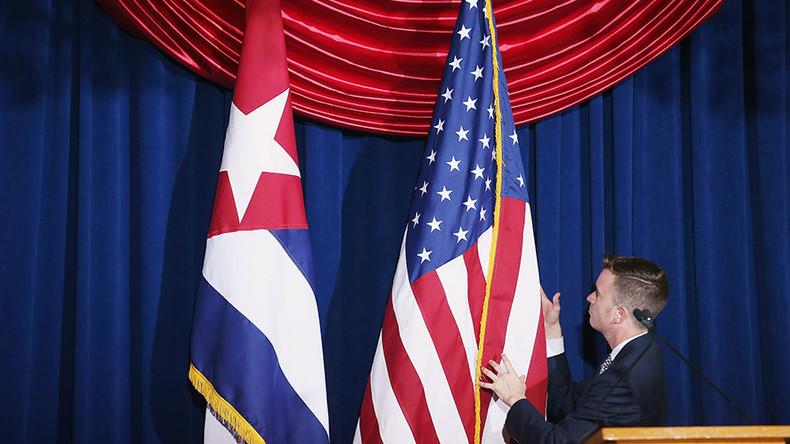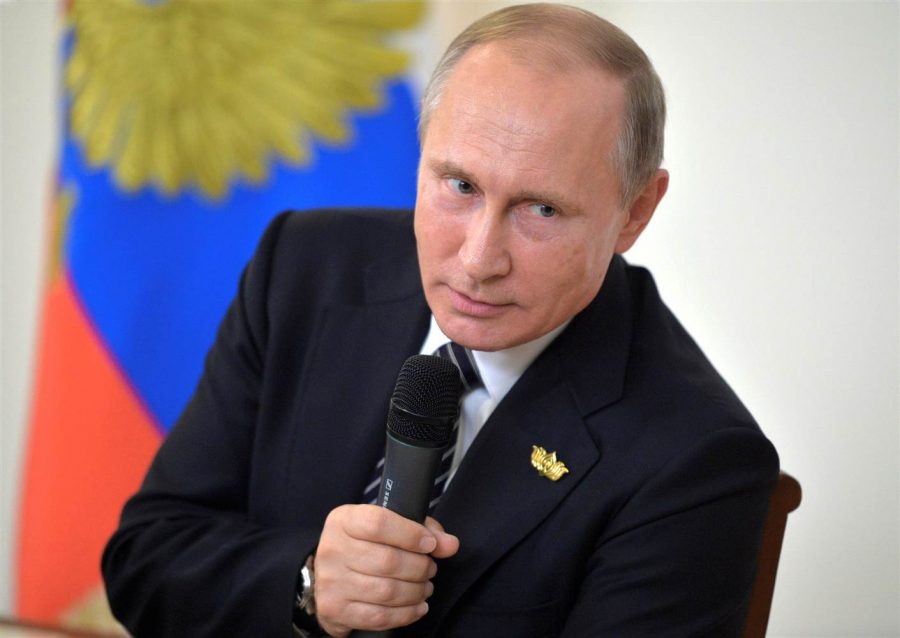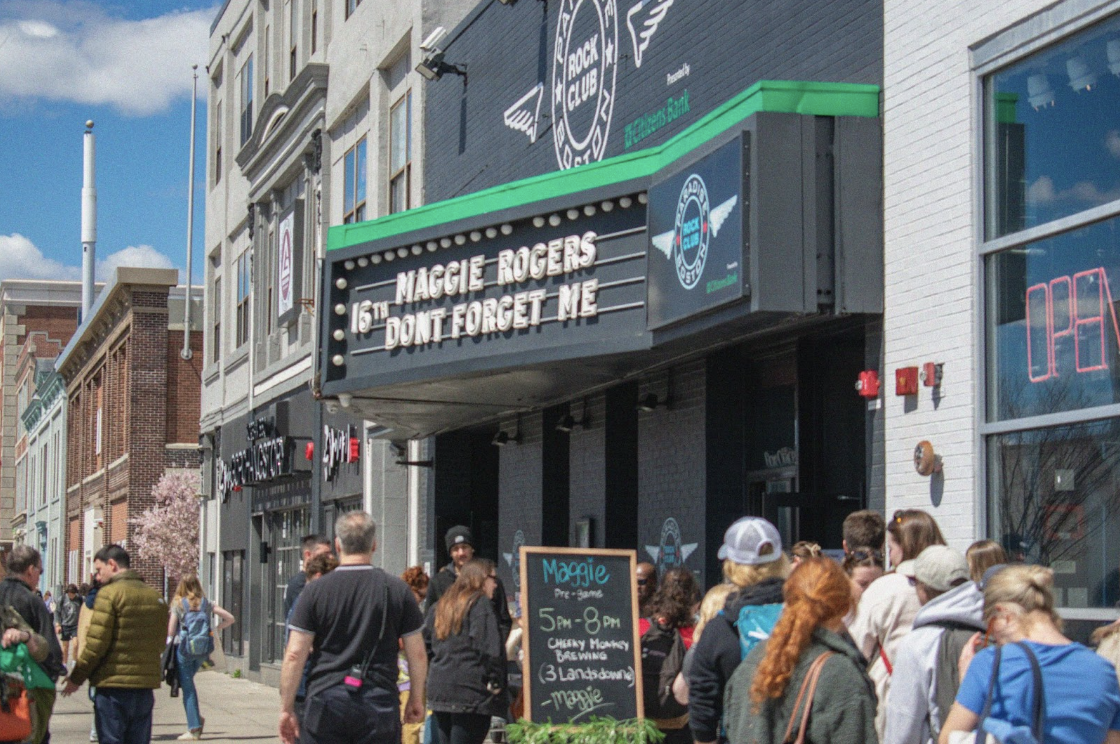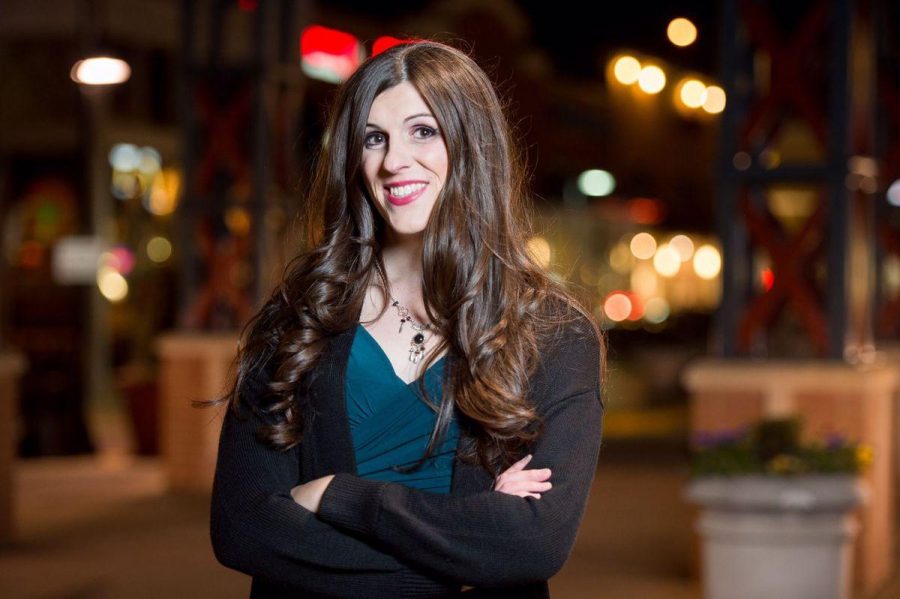By Lisa Nault
Staff Writer

In 2012, there was a young girl who advocated for women’s right to education. On her way to school, she was shot in the head by a Taliban gunman. She survived the ordeal and wrote a book the following year. Her name is Malala Yousafzai.
Many people have heard about Malala and her injury, but there are plenty of people who know very little about her as a person.
“He Named Me Malala” begins by explaining the story behind the name Malala. The name comes from a classic tale of a young girl who rallied soldiers to keep fighting during a war. The war was won, but in the midst of battle, the teen was killed. The animation that is used to retell the origins of her name is breathtaking. The watercolor style and smooth flowing movement engages the audience instantly.
Animation is used throughout the film to visually depict some of Malala’s and her family’s past. However, not all of the past events are retold using animation in the film. The feature also uses old photographs, various footage from news broadcasts, and reenactments. The photos are nice, and while the footage can sometimes distract an audience member when there is a watermark in the corner of the frame, it works well in the film.
However, the reenactment segments could have been improved. It is understandable that not everything in their past was videotaped and that the feature needed to have visuals for the audience to observe during the interviews. A good example is when Malala got shot and was rushed to the hospital. Of course that footage does not exist.
The reenactment was not always bad—it focused on close-ups of items and out-of-focus images. The problem arose from the fast-paced nature of the reenactments. To avoid showing actors in these segments, there were a lot of fast cuts and images fading over other images. The combination of fast pacing and unfocused images takes the audience out of the moment; it is distracting.
The other problem with the film is that it repeats itself occasionally. There are certain images and footage that are shown multiple times, as well as some audio clips. If done in order to make a point stay with the viewers, repetition can be fine; however, that is not the case in “He Named Me Malala.”
One specific scene involves Malala and her father’s recollection of her walking up in the hospital. It was shown at the beginning of the film and again towards the end. The second time the same scene played on the screen there was nothing that had been added to it. It felt unnecessary to see it again the same exact way.
The best aspect of “He Named Me Malala” is the story itself. Instead of solely focusing on how she overcame being shot in the head and her ability to be unhindered from her mission, the feature dives deeper into who Malala is and her personal experiences before, during, and after being shot. Audiences get to hear exactly how the Taliban was able to manipulate its way into her home, which is fascinating.
When they first arrived into her town, the Taliban preached beliefs that everyone believed and supported and slowly they began to warp the views. They went from taking time to talk to women about values to threatening to kill them if they went to school.
“He Named Me Malala” does a wonderful job of reminding everyone that this award-winning teenage activist is human. She teases her brothers, she struggles with certain subjects in school, and she helps her father to understand social media. Malala has made huge strides in her movement and will continue to do so and reminding people that she is not perfect is important.
By showing her as she truly is, the film allows audience members to relate to her. They can see themselves in her. Therefore, when Malala speaks out against injustice, the audience understands that they have the power to do so as well.
It does not take a perfect person who has all of the answers to make a change or stand up for another person’s rights—an important message to take away from the film.
“He Named Me Malala” is a great film about an amazing person and everything she has been through. It has a few flaws but for the most part, it is a well thought out production that is both engaging and inspiring. If there is a chance to watch this feature in theaters, take the opportunity, but if not, definitely check it out when it comes to DVD.



